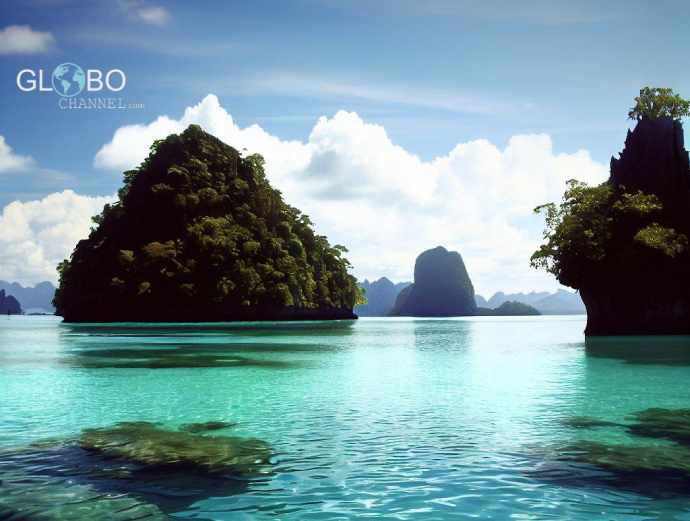
The Pliocene is a geological era ranging from 5.333 million years ago to 2.588 million years ago . During this period, the Italian peninsula was very different from how we know it today. The first thing to note is that sea levels were much higher than they are today. This means that much of the Po Valley and the southern coasts were submerged. Secondly, the climate was warmer than today. This also meant that average temperatures were higher and rainfall was less. The Italian Pliocene is mainly represented by marine sediments found in many areas of the peninsula:

In the Pliocene the Italian peninsula had a very different orographic conformation from the current one. The coastlines were clearly different as can be seen in the reconstruction on the side. In the north the Po Valley was still completely absent . This owes its formation mainly to two factors:
- The first is due to the deposition of debris brought downstream by the Po river and its tributaries over the following millions of years until today. But this factor alone, despite the amount of time that passed and the quantity of debris deposited, would not have been sufficient.
- The second factor is in fact due to the tectonic thrust that the African plate exerts against the European plate . Over the course of hundreds of thousands of years, this push has caused the earth’s crust of Europe, and especially Italy, to rise by a few tens of metres.
These two factors combined together have meant that instead of the warm tropical sea that occupied the Pliocene Padano Gulf , we now have a verdant plain. Even central Italy , the south and the islands looked different from how we know them today. In Tuscany, for example, the coastline had moved several kilometers inland compared to today, and the Tuscan archipelago was made up of a greater number of islets and atolls . The temperature of sea waterwas higher than the current one, and this is also partly demonstrated by the fact that the fauna that populated that ancient sea is today present with the same species or closely related species, which live in the warm waters of the Indian Ocean and the seas tropical . Sharks , cetaceans and a myriad of shells of various shapes and colors populated those waters, characterizing them with a biodiversity that today we can find in a fossil state , preserved under the characteristic Italian hills.
These two differences have had a profound impact on the Italian landscape. The Po Valley was a tropical sea, with warm and calm waters. The southern coasts were rich in forests and swamps. The fauna of Pliocene Italy was very different from that of today. The sea waters were home to tropical fish, dolphins, whales and sea turtles. The forests and swamps were home to a wide variety of animals, including herbivorous mammals such as elephants, rhinos and tapirs, and carnivorous mammals such as hyenas, leopards and lions. The Pliocene is an important period in Italian geological history. It is the period in which the Italian peninsula began to take its current shape.
#paleontology #italy #sea #prehistory









